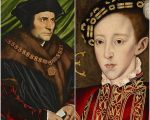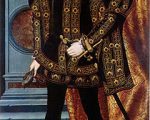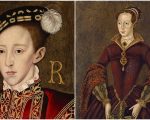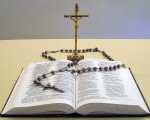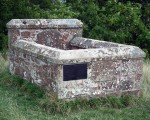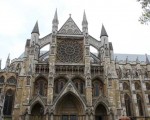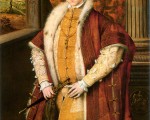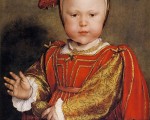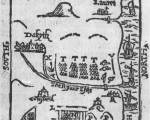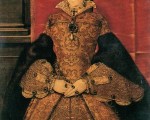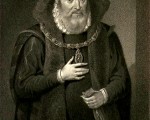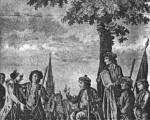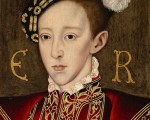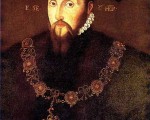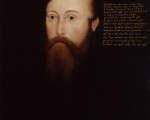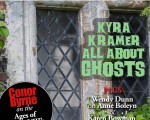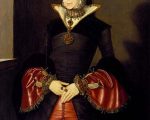
The following letter was written by Princess Mary, the future Mary I, to her brother Edward VI on 19th August 1551. Henry Ellis, editor of Original Letters, Illustrative of English History… explains:
“The following Letter from the Princess Mary to her brother, is preserved upon the Books of the Privy Council. It is probably the best specimen which we have in our power to give of her talent at writing: and, with the singular Paper which follows it by way of comment, will show her to have been a woman of more intellect than the world has usually supposed. Queen Catherine Parr took great pains in the education both of Mary and Elizabeth.
[Read More...]

